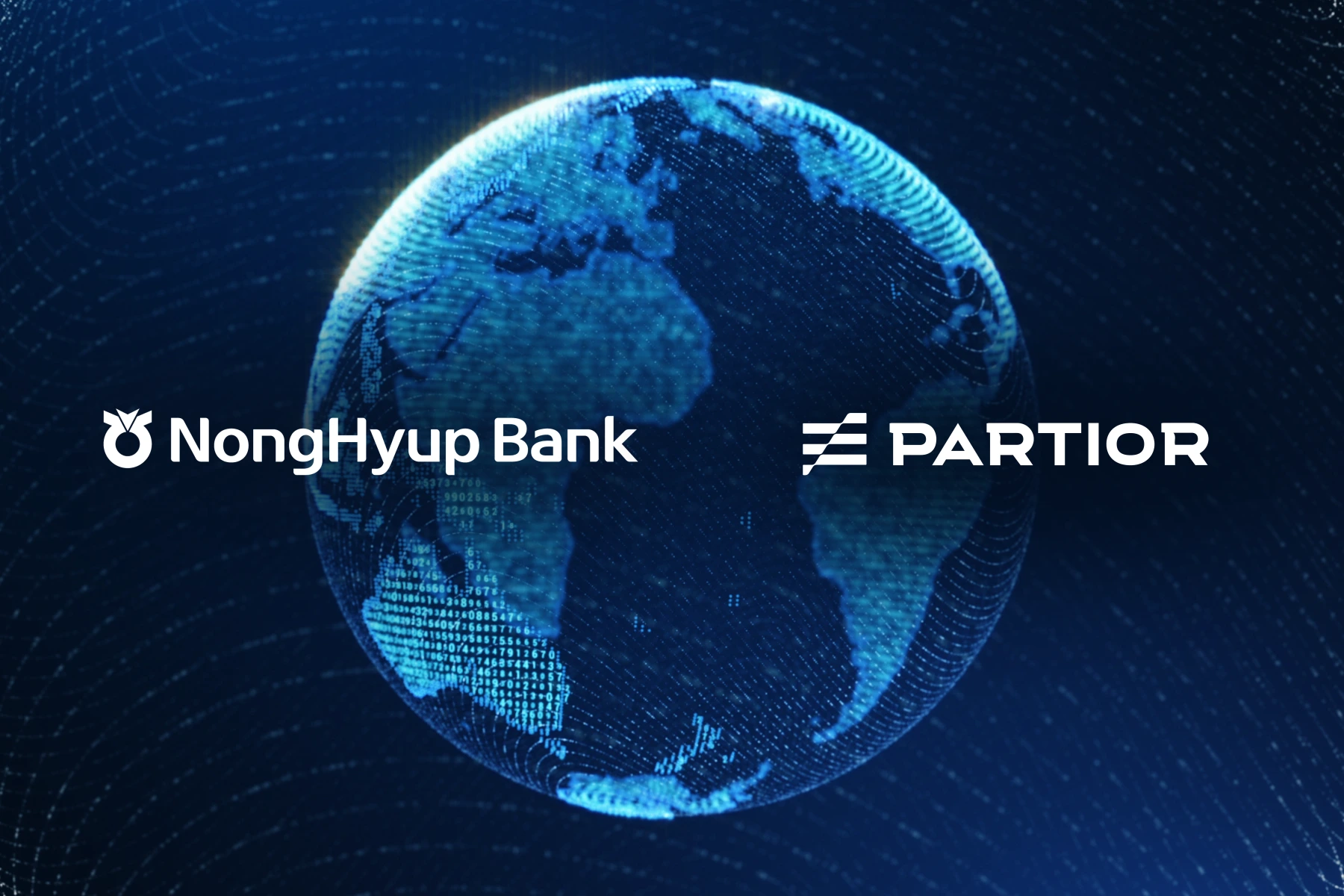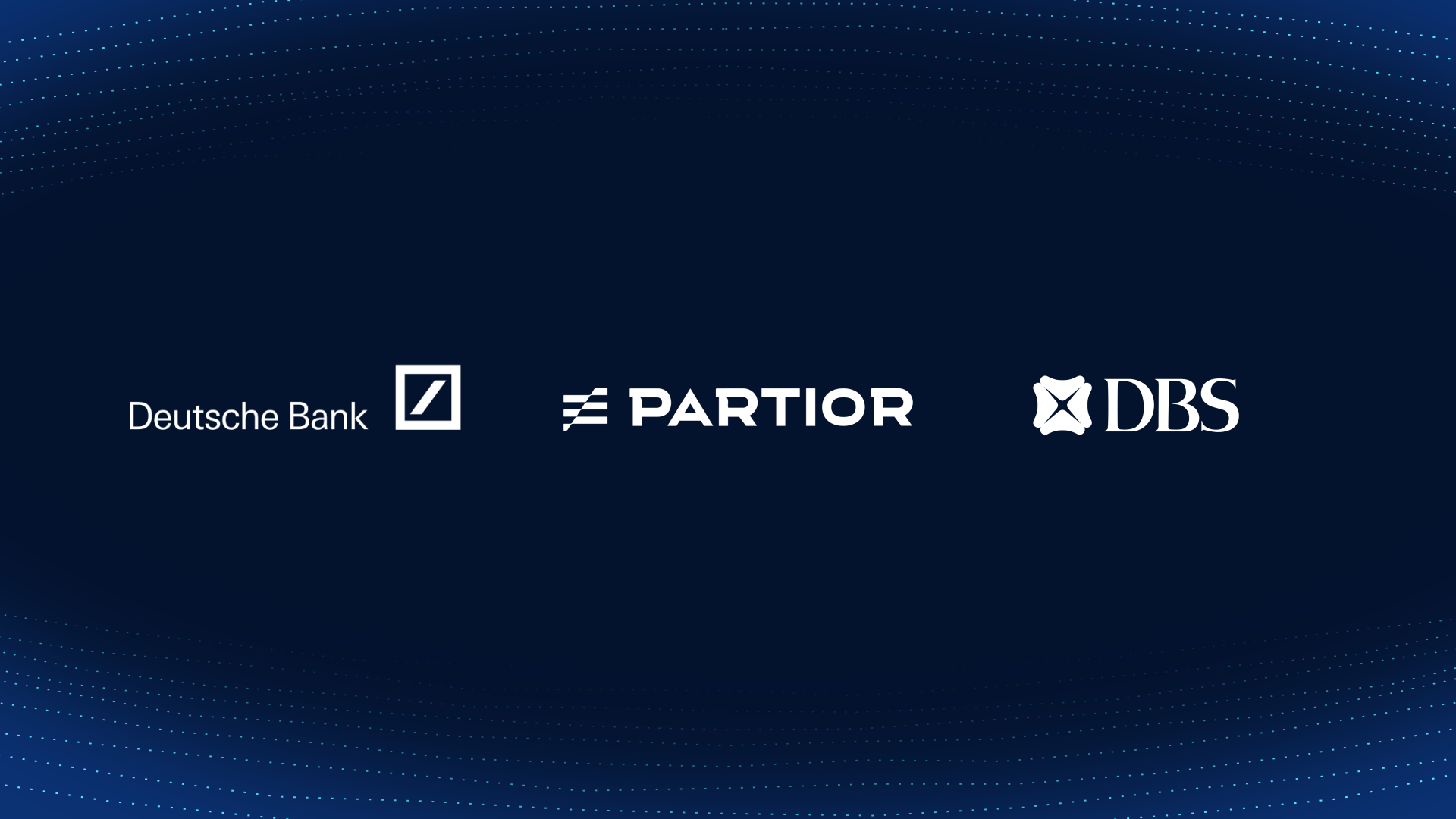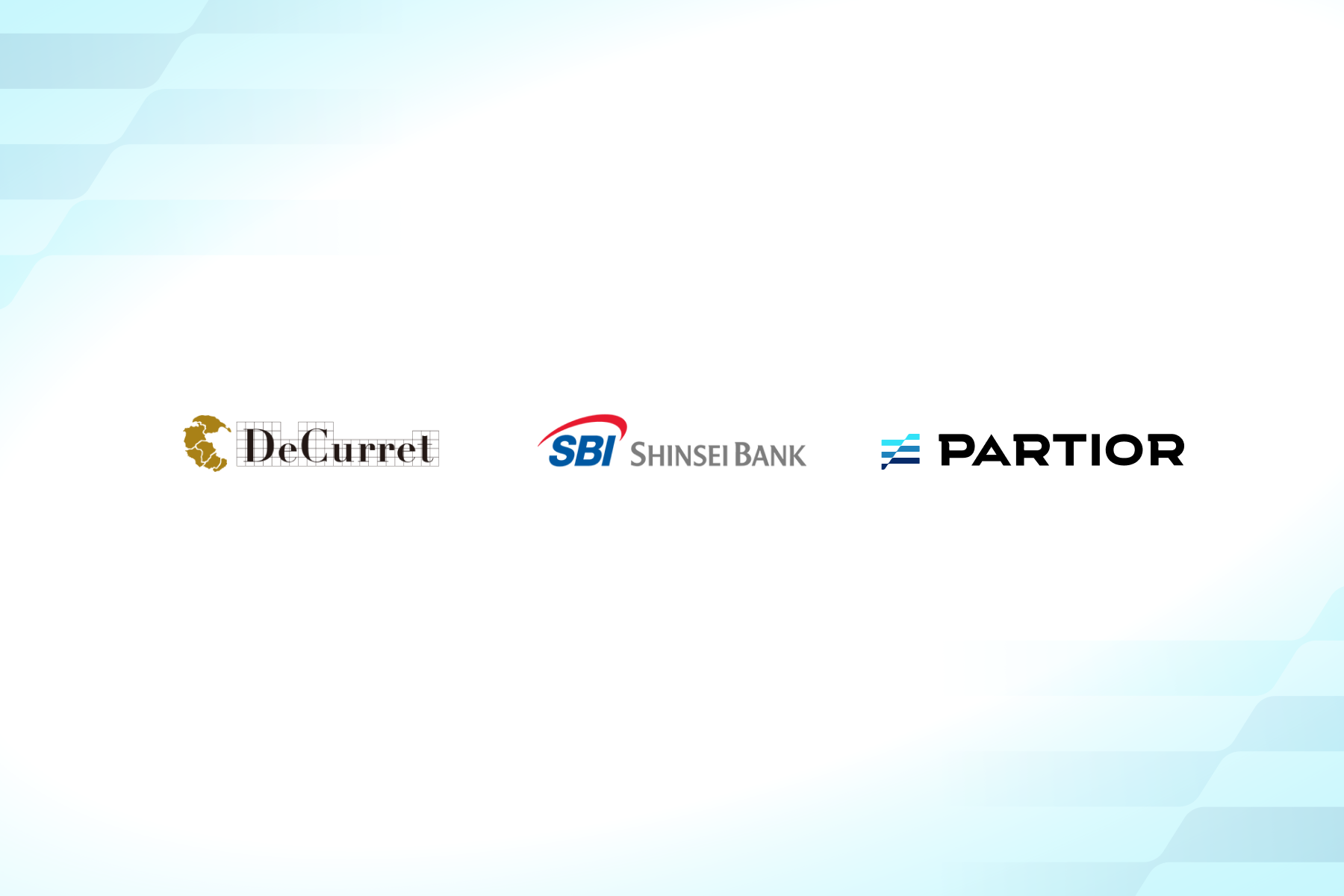.png)
The Rise of CBDCs and Interoperable Digital Ecosystems
The Rise of CBDCs and Interoperable Digital Ecosystems
Over 98% of global GDP is represented by 134 countries that are actively involved in Central Bank Digital Currency (CBDC) initiatives. These initiatives aim to modernise financial systems and expand access to digital central bank money. Notably, 19 of the Group of 20 (G20) countries have made significant progress in their CBDC development, with eleven of them already in the pilot stage. These countries include Brazil, Japan, India, Australia, South Korea, Russia, and Turkey, among others. The developments globally offer significant opportunities to enhance wholesale financial markets by improving systemically important payments between institutions, crucial for financial stability, trade, and economic growth.
Realising a Global Settlement Window Using wCBDC
By 2030, it's expected that 24 operational CBDCs will exist, highlighting their future importance in wholesale financial markets. Wholesale CBDCs (wCBDCs) are primarily focused on interbank payments and securities settlement. They can harmonise global settlement times, provide tokenised credit risk-free settlements, and enable faster cross-border settlements in high-risk regions.
The global nature of capital markets requires harmonised settlement cycles. Currently, disparities arise due to time zones, policies, and operational constraints. Expanding RTGS hours globally could support the G20’s goal of improving cross-border payments. Only 4 out of 82 CPMI jurisdictions have near 24/7 RTGS operations, impacting securities settlement and FX transactions. The BIS suggests a "global settlement window" (6:00-11:00 GMT) to address these issues. wCBDCs could enable this by facilitating 24/7 liquidity storage, as demonstrated by projects like Jura in cross-border tokenised securities settlements.
wCBDC as the M0 Settlement for Tokenised Securities Transactions
Historically, securities ownership involved physical certificates, which evolved into electronic records through dematerialisation, enhancing efficiency and security. The adoption of Distributed Ledger Technology (DLT) has been slow but is gaining traction. Tokenisation, converting underlying real-world assets into digital tokens, is projected to reach $4-5 trillion by 2030, driven by benefits like 24x7 access and asset fractionalisation.
The tokenised bond market is expanding, with projects like Hong Kong’s Project Genesis demonstrating the use of digital platforms for green bonds and carbon forwards. Other regions, including Korea and Indonesia, are developing regulatory frameworks for tokensation. Tokenised money market funds, such as those by Franklin Templeton, are growing, with institutional investors viewing tokenisation as transformative for asset management.
Experiments like Euroclear’s collaboration with the Bank of France show DLT’s potential to streamline capital markets by reducing reconciliation efforts and shortening settlement cycles. Projects Helvetia and Jura have demonstrated that wCBDCs can be used for tokenised securities, eliminating credit risk and enhancing financial stability. wCBDCs enable immediate settlement, improving market efficiency and reducing costs associated with private currencies.
Quicker Cross-Border Settlements
In 2017, global cross-border payments were valued at $150 trillion, projected to reach $250 trillion by 2027. Traditional correspondent banking is costly and inefficient, costing global corporations $120 billion annually, excluding FX costs. The decline in correspondent banking relationships since the 2008 financial crisis, driven by regulatory and reputational risks, has particularly affected smaller economies. From 2011 to 2019, the number of correspondent banks decreased by 22%, even as payment values increased, due to de-risking in response to illicit financial activities estimated at $1.6 trillion annually.
Central bank money accessibility is limited for foreign institutions and global corporations, complicating cross-border payments. De-risking disproportionately impacts developing nations, reducing financial inclusion and increasing reliance on unregulated channels. Multilateral initiatives like Project mBridge aim to address these issues by developing shared public technology to connect countries and counteract the effects of de-risking. The Hong Kong Monetary Authority (HKMA) and the People's Bank of China (PBOC) have also broadened their cross-border digital yuan pilot program, now permitting Hong Kong residents to use e-CNY wallets. The digital yuan, which is China's CBDC, has been in pilot testing for several years. China is one of the leading nations globally in exploring and advancing the applications of a digital version of its currency.
Although 89% of cross-border payments now process within an hour, surpassing the G20’s 2027 target, regions like the Middle East, North Africa, and Central Asia experience delays due to fewer intermediaries and additional compliance checks. To enhance the speed of cross-border payments, solutions include forming collaborative efforts for embedded supervision, using digital identity frameworks for compliance, expanding access to non-bank and foreign entities, and ensuring 24x7 central bank money access. Public-private cooperation is essential to mitigate illicit activity and support regions with slower cross-border payments. Expanding access to central bank money is a crucial policy decision for central banks, balancing benefits and risks.
The Foundation for a Digital Payments Future
While central banks globally are experimenting with domestic wCBDC projects, these initiatives are typically confined to national borders. Domestic wCBDC projects are primarily designed to enhance payment efficiency within a country, focusing on domestic transactions and regulatory compliance. Although beneficial, this localised approach limits use cases to a single country’s financial ecosystem and does not address cross-border transactions, multi-currency interactions, or integration with diverse financial assets and platforms.
To address these challenges, Partior’s offers seamless interoperability with both digital and traditional financial systems, providing a comprehensive range of Payment vs Payment (PvP) and Delivery vs Payment (DvP) capabilities.
Partior is a unified ledger that transforms wholesale settlement processes through instant and atomic settlement across multiple assets and transactions on a 24x7 ledger. By facilitating interoperability across the financial landscape — including central banks, commercial banks and digital asset platforms — we are building a global network on a shared ledger. This allows participants to access a diverse range of asset classes and currencies, enhancing client efficiencies and liquidity management.
Our approach creates a cohesive network where digital and traditional currencies can operate in parallel. This interoperability enables seamless cross-border transactions and multi-currency exchanges, bridging the gaps left by traditional domestic wCBDC projects and fostering a more integrated global financial ecosystem.
Key focus areas of interoperability include:
- Access to Central Bank Money: Partior is actively engaged with central banks and M0 solution providers globally to support multi-settlement banks, FX PvP, and capital market use cases. This engagement aims to mitigate counterparty credit risk by integrating central bank money into these transactions.
- Banks and Digital Asset Platforms: We are working closely with banks to facilitate 24x7 real-time money movement across networks. This supports multiple use cases such as securities settlement (DvP) and intraday repos, enhancing efficiency and liquidity management.
- Trading Venues: Partior serves as a settlement venue for various trading platforms, enabling end-to-end trade execution and instant settlement. This ensures that transactions are completed efficiently and transparently.
- Central Securities and Depositories: We are developing solutions to provide U.S. banks with immediate access to collateral-backed Asian currencies. This initiative addresses funding challenges across different time zones, enhancing global liquidity management.



